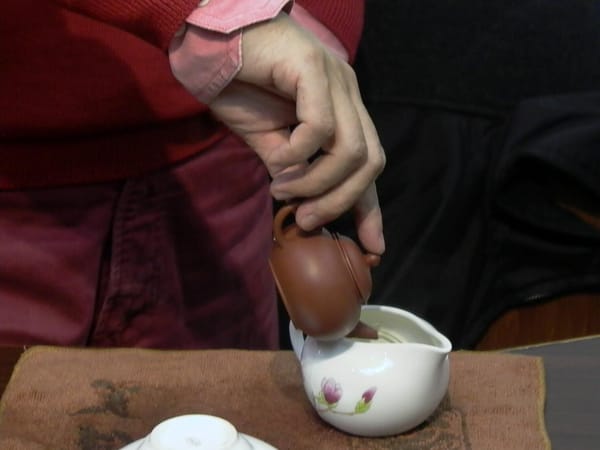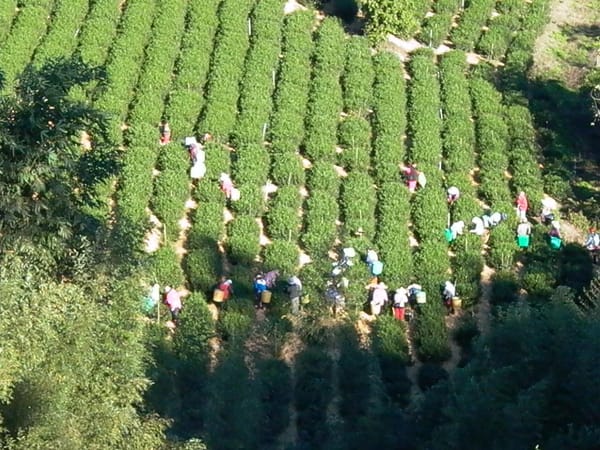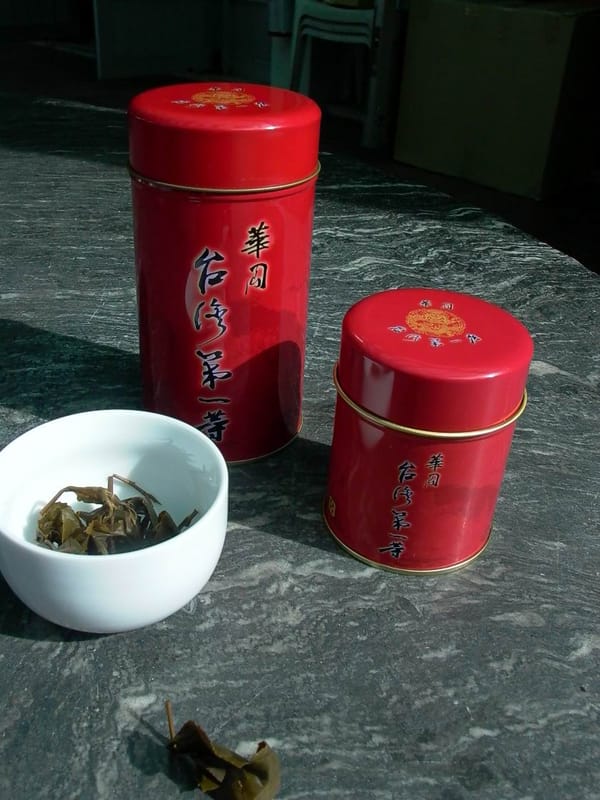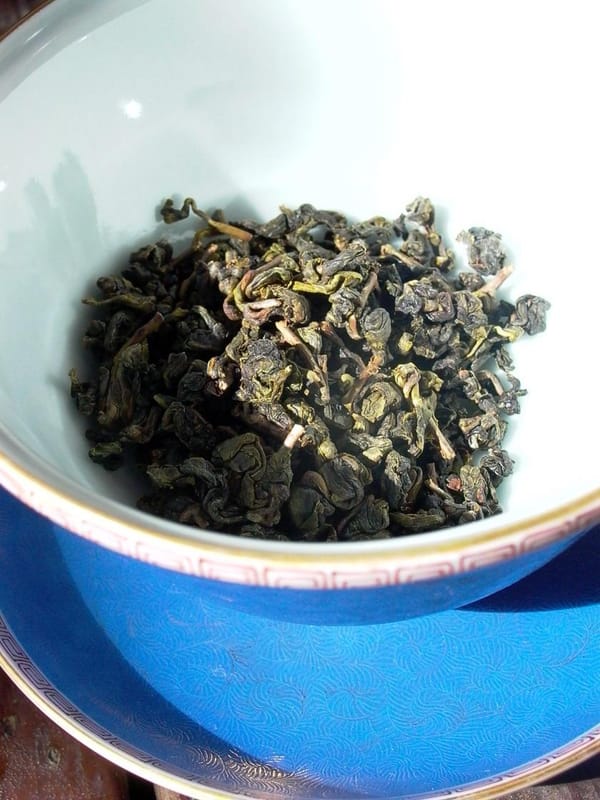In the history of Taiwanese tea development, there was a brief yet unique innovation experiment. Like a shooting star across the night sky, it dazzled for just one year before disappearing, but left behind invaluable lessons for the future of tea innovation. This was Frozen Tea—a product born from an accidental discovery during tea-making, later commercialized, and ultimately withdrawn due to preservation difficulties.
The birth of Frozen Tea came from chance. During the making of semi-ball-shaped Dong Ding Oolong Tea, fresh tea leaves would go through processing until late at night or even early morning. The critical rolling step often had to wait until the next day. Some tea masters froze the semi-finished tea after initial rolling and drying to halt fermentation, continuing the process the next day. Unexpectedly, when they brewed the frozen semi-finished leaves, they discovered an entirely new taste profile—intense qingxiang (fresh vegetal aroma) and a mellow sweetness.
In this article, we will explore how Frozen Tea transformed from a production accident into a commercial product, why it succeeded briefly in Taiwan but failed long-term, its revival attempt in mainland China, and what deeper insights it provides for modern tea innovation.
The Accidental Opportunity for Innovation
Frozen Tea was never planned—it was discovered by accident. This reflects a vital truth about tea innovation: some of the most revolutionary breakthroughs come from unexpected findings in the production process. What began as a time-management solution became a flavor discovery.
Freezing changed the fermentation path and aroma composition of the tea. Compared with standard Oolong, Frozen Tea highlighted stronger qingxiang (fresh plant aroma) and mellow sweetness, offering a novel drinking experience unlike traditional Oolong. This unique flavor was the key factor behind its initial market buzz.
More importantly, Frozen Tea reflected consumers’ desire for freshness. While traditional teas often emphasized aged and layered flavors, Frozen Tea offered vibrancy and newness. For some drinkers, it opened a door to diversity and modern experimentation in tea.
Commercialization: Attempts and Challenges
When Frozen Tea transitioned into a commercial product, it faced immediate challenges. True to its name, it required cold storage—otherwise, it would spoil easily. This strict preservation need created high technological and cost burdens.
In Taiwan, promoting Frozen Tea required consumers to also purchase freezers. Sellers often bundled tea with cold-storage equipment, reflecting the complexity of introducing such a product. The added cost of preservation discouraged long-term adoption.
The challenge also exposed a larger issue: value chain adaptation. Traditional sales and storage systems for tea were not designed for frozen products. Building a cold chain infrastructure was essential, but such foundations were largely absent, making commercialization unsustainable.
A Short-Lived Market Spark
Despite difficulties, Frozen Tea did enjoy a short-lived success in Taiwan. Its novelty and unique taste sparked curiosity-driven purchases. For a year, it captured attention and generated sales.
However, its decline was swift. Within a year, it vanished from the market. The reasons were multifold: costly preservation, flavor limitations compared to traditional Oolong, and the absence of proper infrastructure. While innovation caught attention, it could not survive without long-term practicality.
Revival Attempt in Mainland China
Years later, in 2002, Frozen Tea unexpectedly resurfaced in Anxi, China. A tea trader from Chiayi, Taiwan, reintroduced it by presenting unfinished maocha (unroasted leaves) in glass jars, emphasizing its clear fragrance and brewed beauty when steeped with boiling water.
This highlighted how innovations can travel across regions, finding different receptions depending on infrastructure and culture. Chinese consumers, intrigued by Taiwanese tea’s freshness, offered Frozen Tea a new chance. Yet the same questions remained: without solving preservation and market education, could Frozen Tea survive?
Deeper Lessons from the Experiment
The Frozen Tea story provides important insights:
- Innovation in Tea is Boundless
Even small tweaks in production can yield entirely new products. This openness to experimentation is essential for the future of tea. - Value Chain Alignment Matters
Innovation must align with logistics, storage, and consumer convenience. Ignoring these factors risks failure. - Consumer Curiosity is Short-Lived
Novelty drives trial, but only real value and convenience ensure sustainability.
Balancing Technology and Market Demand
Frozen Tea proved that technical innovation alone isn’t enough. Freezing created new flavors, but failed to meet market needs for cost efficiency and practicality. True success comes from balancing advanced technology with consumer acceptance.
Lessons for Modern Tea Innovation
For today’s tea industry, the Frozen Tea case remains highly relevant:
- Infrastructure is Key: Cold chain logistics, packaging, and retail systems must be ready to support new products.
- Consumer Education: Proper guidance helps consumers accept unique products with special requirements.
- Sustainability over Novelty: Long-term competitive value matters more than short-term buzz.
Frozen Tea’s brief life reminds us that in the tea world, innovation must bridge both technical creativity and practical feasibility.





